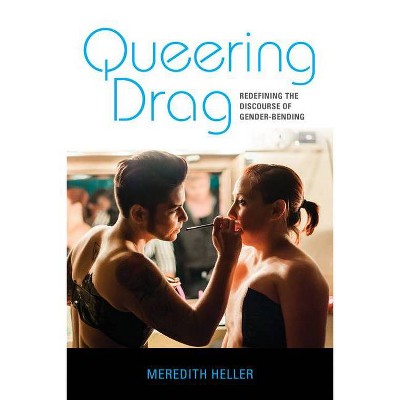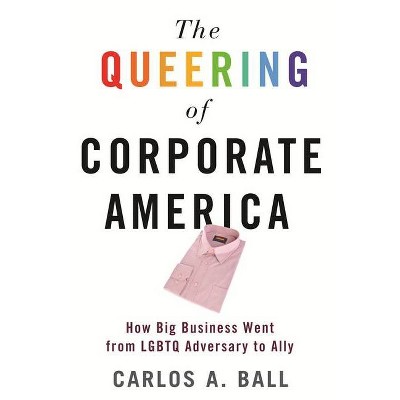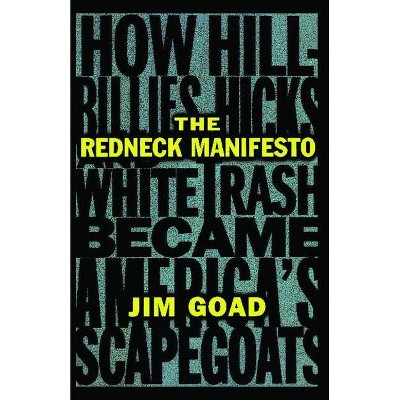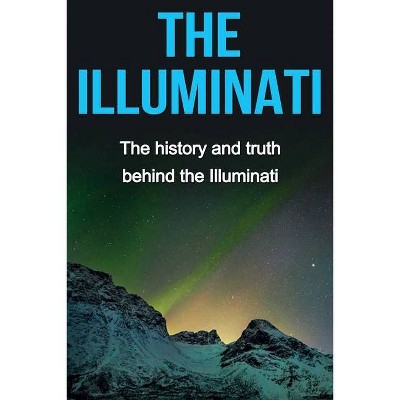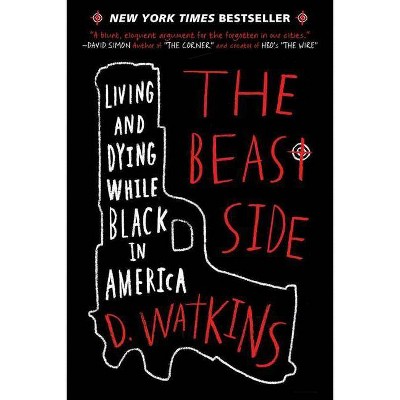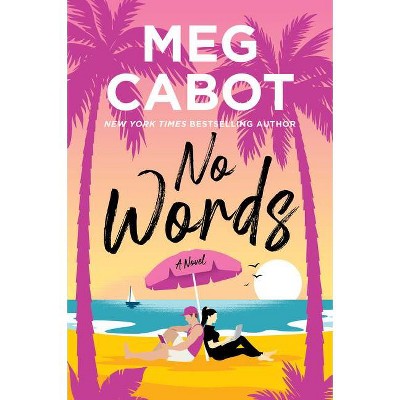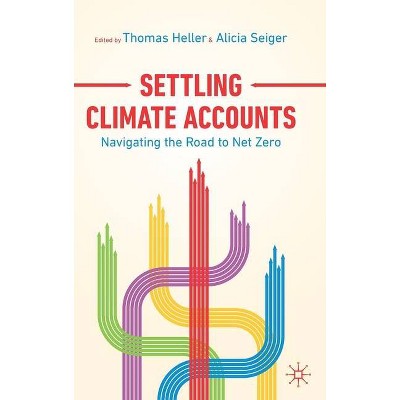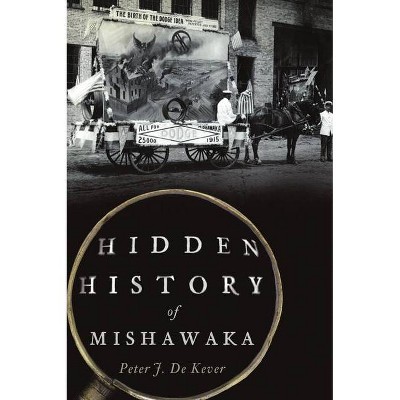Queering the Redneck Riviera - by Jerry T Watkins (Paperback)
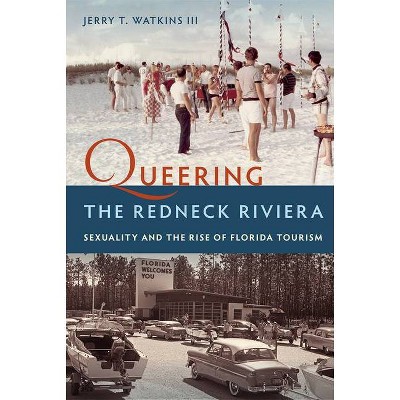
Similar Products
Products of same category from the store
AllProduct info
<p/><br></br><p><b> About the Book </b></p></br></br>Using oral histories, newspapers, and a variety of other sources this work recovers stories of campy LGBT beach parties, forgotten gay bars, and friendship networks that spanned the South. Gay men, lesbians, and the otherwise queer were an essential part of "The Sunshine State." Placing them at the center of this story exposes the unique interactions of capitalism, tourism, sexuality, and space. More than just a story of repression, this work also seeks to illuminate the fun that could be had on what came to be known as "The USA's Gay Riviera" by the early 1990s.<p/><br></br><p><b> Book Synopsis </b></p></br></br><p><i>Queering the Redneck Riviera</i> recovers the forgotten and erased history of gay men and lesbians in North Florida, a region often overlooked in the story of the LGBTQ experience in the United States. Jerry Watkins reveals both the challenges these men and women faced in the years following World War II and the essential role they played in making the Emerald Coast a major tourist destination.</p> <p>In a state dedicated to selling an image of itself as a "family-friendly" tropical paradise and in an era of increasing moral panic and repression, queer people were forced to negotiate their identities and their places in society. Watkins re-creates queer life during this period, drawing from sources including newspaper articles, advertising and public relations campaigns, oral history accounts, government documents, and interrogation transcripts from the state's Johns Committee.</p> <p>He discovers that postwar improvements in transportation infrastructure made it easier for queer people to reach safe spaces to socialize. He uncovers stories of gay and lesbian beach parties, bars, and friendship networks that spanned the South. The book also includes rare photos from the Emma Jones Society, a Pensacola-based group that boldly hosted gatherings and conventions in public places.</p> <p>Illuminating a community that boosted Florida's emerging tourist economy and helped establish a visible LGBTQ presence in the Sunshine State, Watkins offers new insights about the relationships between sexuality, capitalism, and conservative morality in the second half of the twentieth century.</p><p/><br></br><p><b> Review Quotes </b></p></br></br><br><p>"Excellently demonstrates the presence and utility of queer geographies in the Florida Panhandle and provides a valuable contribution as a local examination to LGBTQ studies in the state and the American South."--<b>H-Net</b></p> <p>"Interweaves the growing visibility of postwar gay life with the attendant moral panics and police regulations of public gay life. . . . An important addition to studies of gay history, tourism, and the South."--<i><b>Journal of American History</i></b></p> <p>"Mines these queer spaces effectively and fleshes out one of the more fascinating histories with his in-depth study of the Emma Jones Society."--<i><b>American Historical Review</i></b></p> <p>"Places this story in broader national, regional, and local contexts while telling touching personal stories with fascinating characters."--<i><b>New Books Network</i></b></p> <p>"Watkins' book shares with us for the first time the many firsthand accounts, in great detail, of gay men navigating a gay lifestyle in Florida's panhandle. . . . Many of the stories in the book are as entertaining as they are educational and informative."--<i><b>South Florida Gay News</i></b></p><br>
Price History
Price Archive shows prices from various stores, lets you see history and find the cheapest. There is no actual sale on the website. For all support, inquiry and suggestion messagescommunication@pricearchive.us

